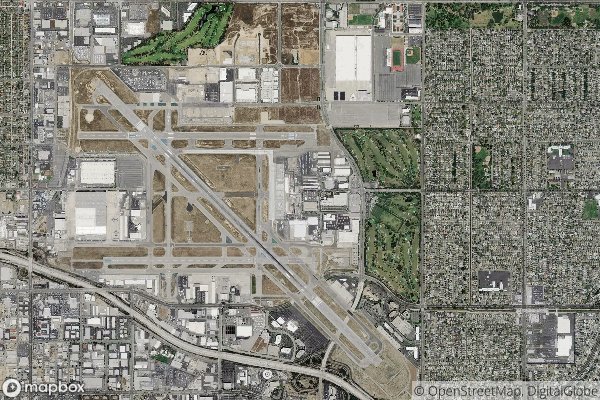| Code | BZN/KBZN |
| Name | Bozeman Yellowstone International Airport |
| Location | Belgrade, Montana |
| Major Airlines | Delta, United, Alaska, American |
- See here the complete List Of All Airports In United States with Codes.
Understanding BZN/KBZN Airport Code (Structure of Airport Codes, Challenges and Confusions)
Airport codes play a significant role in the aviation industry, serving as unique identifiers for airports around the world. These codes are used for various purposes, including flight planning, ticketing, and baggage handling. The BZN/KBZN airport code is assigned to Bozeman Yellowstone International Airport, located in Belgrade, Montana. Understanding the structure, challenges, and confusions associated with airport codes can provide valuable insights into the aviation industry.
Decoding Airport Code
Airport codes are typically three-letter combinations that are assigned by the International Air Transport Association (IATA) and the International Civil Aviation Organization (ICAO). The BZN/KBZN code follows this standard format, with the ‘BZN’ being the IATA code and ‘KBZN’ being the ICAO code. The letter ‘K’ is often added as a prefix to the IATA code to create the ICAO code for airports in the United States.
Decoding the airport code involves understanding the origin of the letters used, which can be based on various factors such as the city name, airport name, or previous airport codes. In the case of BZN/KBZN, the code ‘BZN’ likely represents the city or region served by the airport, Bozeman in this instance.
Operational Significance
The BZN/KBZN airport code is crucial for aviation operations as it is used in a wide range of activities such as flight scheduling, air traffic control communications, and navigation systems. Pilots, air traffic controllers, and airport personnel rely on these codes to ensure safe and efficient operations. For example, when a pilot files a flight plan, the airport code is used to specify the departure and destination points, enabling air traffic control to track and manage the aircraft’s journey.
Furthermore, the airport code is utilized in ticketing and baggage handling processes. Passengers use the code when booking flights and checking in for their journey, while baggage tags are printed with the code to ensure proper routing and delivery.
History of Airport Codes
The history of airport codes dates back to the early days of aviation when telegraph stations were used to communicate information about flights. These stations used two-letter codes to represent major cities and locations, which eventually evolved into the three-letter codes used today. The process of assigning codes has undergone refinement and standardization over the years to accommodate the growing number of airports and the complexities of international travel.
Understanding the significance of airport codes and their history can provide a deeper appreciation for their role in the aviation industry. Despite the challenges and confusions that may arise, airport codes remain integral to the efficient and safe operation of air travel worldwide.
In conclusion, the BZN/KBZN airport code holds considerable operational significance and reflects the rich history of aviation. Decoding the code provides insights into the airport’s location and serves as a vital identifier for aviation professionals and passengers alike. As the aviation industry continues to evolve, the role of airport codes remains indispensable in facilitating the seamless movement of people and goods around the globe.


